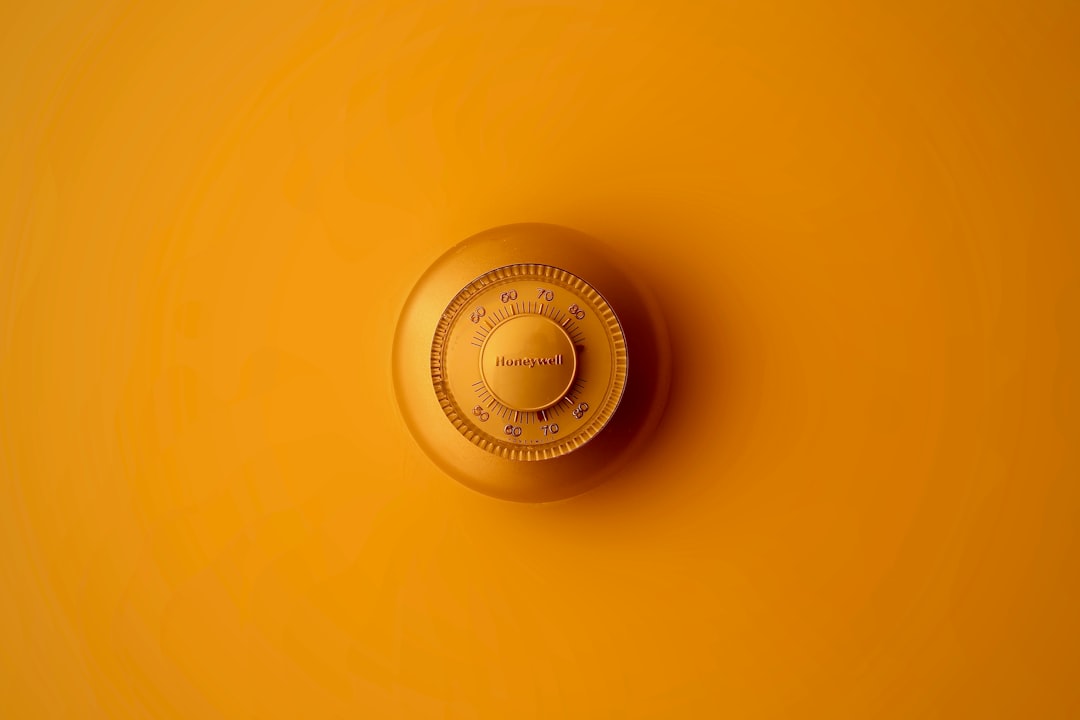DIY Weatherization~yes you can
With the changing seasons
it's important to ensure that your home is properly weatherized to keep your energy costs down and maintain a comfortable living environment. DIY weatherization is a cost-effective way to improve the energy efficiency of your home and reduce your carbon footprint. In this post, we'll explore some simple and effective DIY weatherization tips to help you prepare your home for the upcoming season.

Assess Your Home
Before you start any weatherization projects, it's essential to assess your home to identify areas that may need attention. Check for drafts around windows and doors, inspect the insulation in your attic and walls, and look for any gaps or cracks that may need to be sealed.

Sealing Air Leaks
One of the most effective ways to improve the energy efficiency of your home is by sealing air leaks. Use caulk to seal gaps around windows and doors, and apply weather-stripping to ensure a tight seal. Pay special attention to areas where different building materials meet, as these are common areas for air leaks.

Insulate Your Attic Hatch
Proper insulation is key to maintaining a comfortable indoor temperature and reducing heating and cooling costs. Often overlooked, but by adding insulation to your attic hatch you will prevent heat loss and gain. You can use fiberglass that is covered with and sealed with tape, or use foam board rigid insulation.

Upgrade Your Windows
Very old and or rattling windows can contribute to energy loss. Consider upgrading to energy-efficient windows or adding storm windows to reduce infiltration. You can also use window film to reduce heat loss and block harmful UV rays.
Manage Your Thermostat
Installing a programmable thermostat or even better a smart thermostat can help you regulate the temperature in your home more efficiently. Set your thermostat to lower the temperature when you're away or asleep, and raise it when you're at home. This simple adjustment can lead to significant energy savings over time.

Check Your HVAC System
Regular maintenance of your heating, ventilation, and air conditioning (HVAC) system is crucial for optimal performance. Clean or replace air filters at least every two months, check for leaks in ductwork (look for dirt residual around seams), and scheduling a yearly professional tune-up is essential to ensure that your system is running efficiently.
Every little bit helps...
DIY weatherization not only helps you save money on energy costs but also contributes to a more sustainable lifestyle. By taking the time to DIY weatherize your home, you can enjoy a more comfortable living environment while reducing your environmental impact and saving money to fold. Remember to regularly inspect and maintain your home's weatherization measures to ensure long-term effectiveness.
